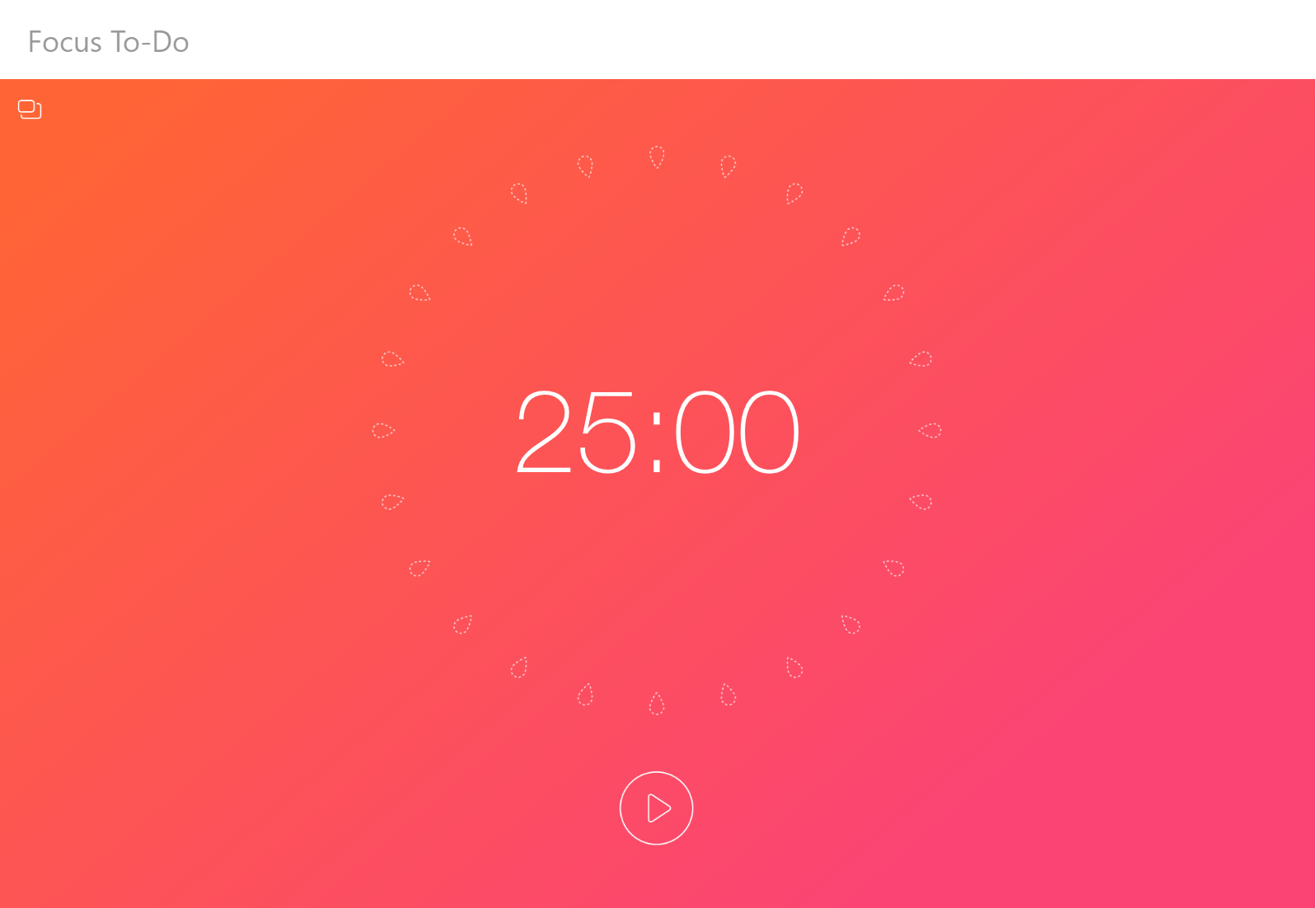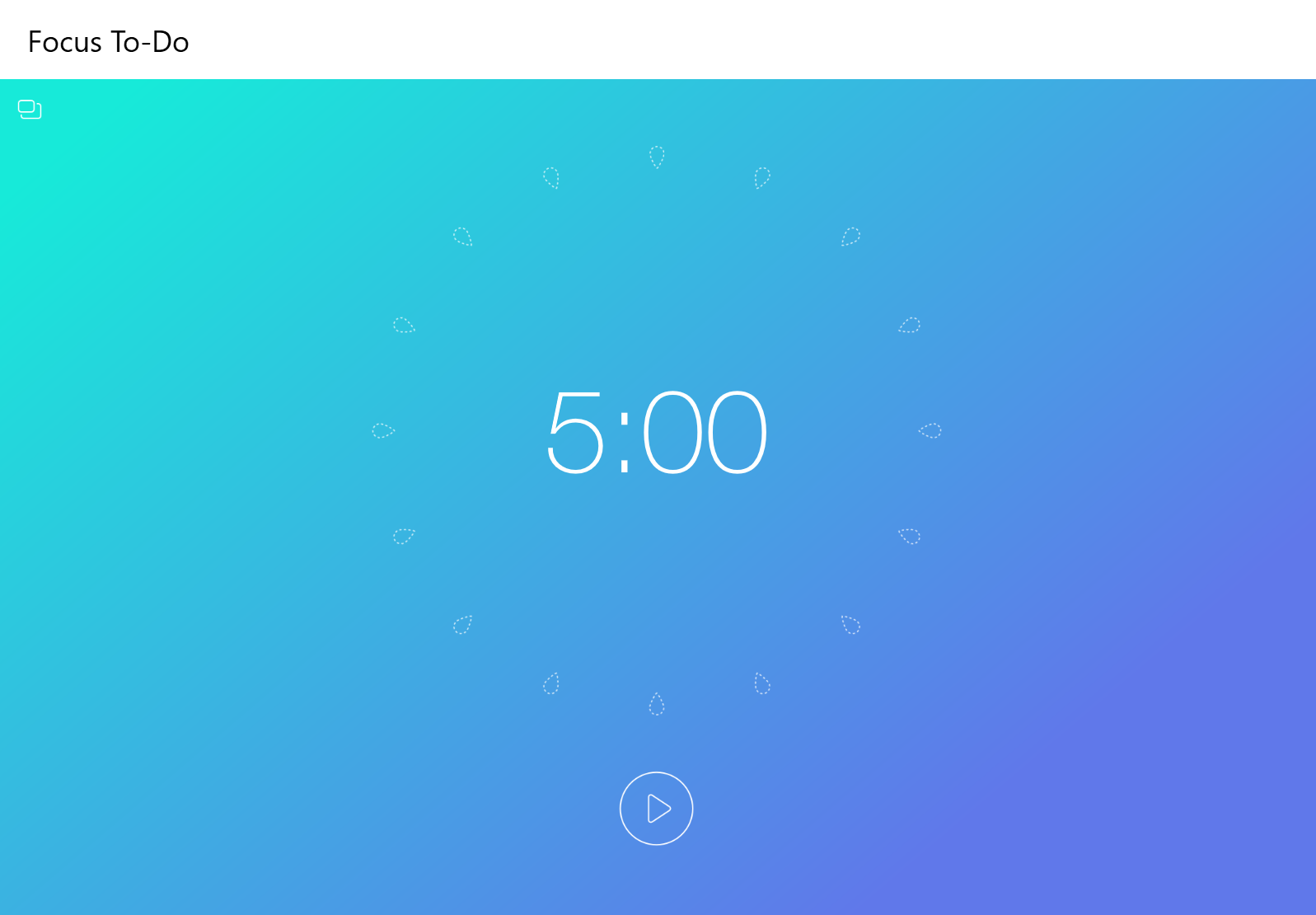I’ve been using the Pomodoro technique for work. It greatly improves time management and boosts productivity. I’ve been reflecting on why it’s been so effective for me.

What is the Pomodoro technique?
According to Wikipedia. the Pomodoro Technique is a time management method developed by Francesco Cirillo. The technique uses a timer to break down work into intervals, traditionally 25 minutes in length, separated by short breaks.
There are six steps in the original technique:
- Decide on the task to be done.
- Set the pomodoro timer (traditionally to 25 minutes).
- Work on the task.
- End work when the timer rings and put a checkmark on a piece of paper.
- If you have fewer than four checkmarks, take a short break (3–5 minutes) and then return to step 2; otherwise continue to step 6.
- After four pomodoros, take a longer break (15–30 minutes), reset your checkmark count to zero, then go to step 1.
My Experience 🧔
I’ve been finding myself pretty tired lately, it’s sometimes hard to focus and be productive, so I’ve started applying this technique into my work days to see if this will help.
I use an application called Focus To-do and also recommend Tide for Android/iPhone
Having used the Pomodoro technique, I’ve come to realise some of the other hidden benefits it provides.
Prompts you to work ⏱
There are days where your motivation to do anything is lower than usual, maybe you didn’t sleep well the night before, maybe you’re feeling mentally drained. Triggering a Pomodoro timer, will prompt you to start work,
Helps with focus 💡
Knowing that I have one pomodoro (25 minutes) to complete a task or two, the mentality of knowing there is a countdown ongoing, encourages me to remain focused on the task at hand.
It also helps, to check how much time is left every now and then to consider quickly how I’m progressing and whether I can completely finish the task before the timer runs out or to leave it in a position to pick up where I left off after the break.
Helps with distractions 💢
It’s not uncommon to be distracted while working, whether it’s looking at your phone or browsing the internet. In my experience, I’ve done this a number of times, but when in the middle of a pomodoro session, I’m conscious about the timer ticking away and so I mentally try not to waste it be focusing on the task.
Encourages more breaks ⏳
Having rest breaks will boost energy levels as you work throughout the day. The more you take, the more energy you replenish. But we often don’t realise how long we’ve been working until something distracts us such as going for a loo break, feeling hungry or thirsty.
The breaks should be away from your desk or monitor. You’re encouraged to move around or look at something that is not your work monitor.
In my experience, when I’ve worked without many breaks, I tend to be very mentally drained towards the last couple of hours of work and even in the evenings. By adopting the pomodoro technique, the breaks are short and plenty, and for me personally, I’ve found myself to have a lot more energy throughout the day because I had taken the breaks as directed.
Other Considerations 🤔
This technique doesn’t seem to work for everyone. We’ve tried it during pair programming and the team member whom I was paired with said that It breaks the flow of conversation or the train of thought as 25 minutes intervals are too short.
This is also true for larger meetings of 3 or more people, 25 minutes seems to not be enough time for everyone to contribute to the discussion. If anything, the breaks feels more like an interruption.
Although, we can increase the Pomodoro time to more than 25 minutes. Zoom has a 40 minute limit for its free plan. I think 40 minutes is a good number for a break between meetings. As meetings itself can be extremely draining if its duration is too long.
Summary 📝
I personally like this technique, I think it works very well with programming, especially when you’re sitting in front of the monitor for large portions of the day. I feel less tired in the evenings and at the more productive overall. I don’t use this technique every day but I feel like I should.
Our minds needs regular breaks. Trying focus without giving yourself time to recover will likely drain you towards the end of the day.
I would recommend this technique for anyone who is struggling to stay motivated or easily distracted. It is especially helpful when working from home.


